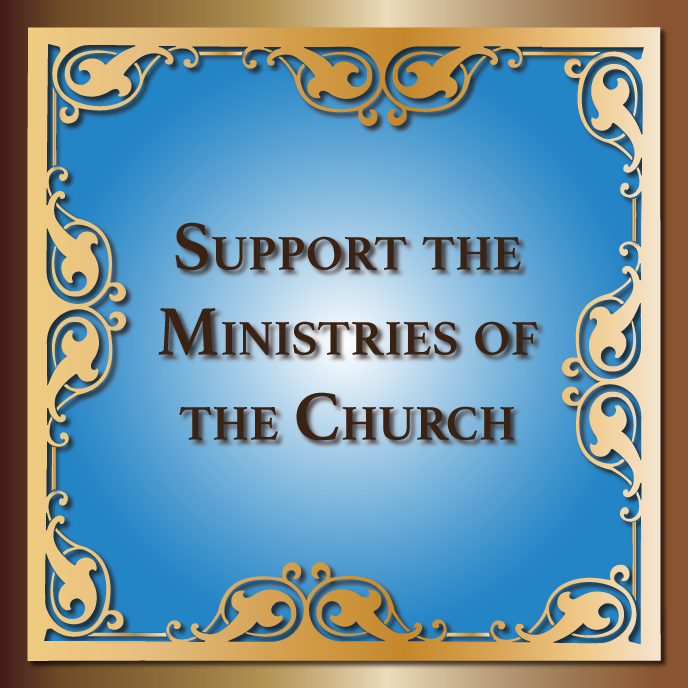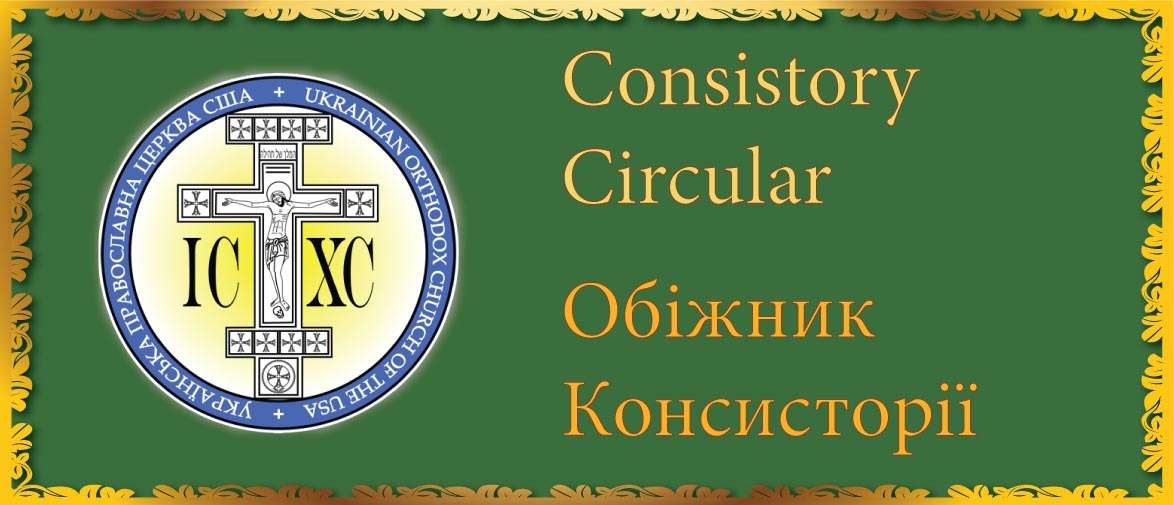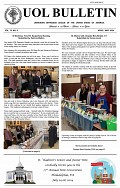This Feast is a day of Strict Fast, similar to other commemorations of the Holy Cross during the year, such as the Third Sunday of Great Lent and the first day of the Dormition Fast. The Gospel reading for the Exaltation of the Holy Cross is very similar to the Gospel reading during Vespers on Great Friday of Holy Week, commemorating the Crucifixion of Christ.
Let us examine some of the historical background for this Feast, which involves Emperor Constantine (306 – 337 A.D.) and his mother Empress Helena.
The Roman Empire was reorganized and divided into East and West under Emperor Diocletian (284-305 A.D.), who also persecuted Christians. Christianity was more tolerated in the Western Roman Empire under Augustus Maximian and his Caesar Constantius (+306A.D.) than it was in the Eastern Roman Empire. The son of Constantius, Constantine, became sole Emperor of the Western Roman Empire by invading Italy in 312 A.D. and defeating then Western Co-Emperor Maxentius at the ‘Battle of the Milvian Bridge’ near Rome, while also using the Cross as an insignia for his troops. There was some Christian influence within Emperor Constantine’s family.
Christianity was first legalized and protected from further persecution in 313 A.D. at the Treaty of Milan signed by Emperor Constantine and Emperor Licentius of the Eastern Roman Empire. In 324 A.D. Emperor Constantine defeated Emperor Licentius, and became sole ruler of the entire Roman Empire. Similar to having re-united the entire Roman Empire militarily and politically, Emperor Constantine (the Great) now felt that it was important to try to unite the various spiritual divisions within the Christian faith, which also caused social problems. At that time the Christian faith was deeply divided by the ‘Arian Heresy’ which had originated in Alexandria, Egypt, one of the major cities of the Roman Empire. Emperor Constantine decided to convene a meeting of Church leaders to try to achieve his goal. In the year 325 A.D., with about 220 bishops (mostly Greek) in attendance, The First Ecumenical (meaning: ‘Christian Church as a Whole’ ) Council of Nicea was convened. Emperor Constantine had another ‘great success’ to his credit when almost all of the bishops showed their agreement by creating and signing the ‘Nicean Creed’, the statement of Christian beliefs which we repeat even today, at every Divine Liturgy.
It is with this backdrop of rapid-fire successes, that we find Emperor Constantine’s mother Helena, making a trip to the Holy Land in 326 A.D., in search of the original Holy Cross upon which Christ had been crucified almost three hundred years earlier. After much searching, three crosses were found, and one of them healed a sick woman and revived a dead man, and thus was recognized as being the original Holy Cross of Christ’s Crucifixion. Archbishop Macarius (Macarios) of Jerusalem raised (elevated) the Holy Cross for more prominent public viewing. A huge ‘Church of the Holy Sepulchre’ was built over the site of Christ’s Crucifixion and burial, completed in 335 A.D., and dedicated in commemoration of 30 years of Emperor Constantine’s reign.
The Holy Cross remained in Jerusalem until 611 A.D., when the Persian King Syroy captured Jerusalem and took it away. In 628 A.D. Emperor Heraclius made a Treaty with the Persian King Syroy, one result of which was the return of the Holy Cross. Emperor Haraclius himself helped to raise it up (elevate it) again in Jerusalem. It was at this time (628 A.D.) that this Feast day of “The Exaltation (Elevation) of the Holy Cross” was initially established for our Church.
Now let us spend a little time examining the spiritual meaning of the Cross.
Each of us might be considered to have a ‘cross’ of our own to bear in this life. From a more worldly view, this ‘cross’ would be the unique circumstances of the troubles and difficulties with which we must deal in our daily lives. For a Christian the ultimate goal of earthly life is eternal life with God, and the ‘cross’ is a symbol of the suffering each of us must endure in order to obey and to follow after Christ.
Christ tells us that we must separate ourselves from sin: “Whoever desires to come after Me, let him deny himself, and take up his cross, and follow Me. For whoever desires to save his life will lose it, but whoever loses his life for My sake and the Gospel’s will save it.” (Mk. 8:34-35)
Keeping our minds focused on the ultimate goal, enables us to deal better with the daily difficulties we encounter. “In the world you will have tribulation;
but be of good cheer, I have overcome the world.” (Jn. 16:33)
“If we endure, we shall also reign with Him.” (2 Tim. 2:12)
“For I consider that the sufferings of this present time are not worthy
to be compared with the glory which shall be revealed to us.” (Rom. 8:18)
“Therefore I take pleasure in infirmities, in reproaches, in needs,
in persecutions, in distresses, for Christ’s sake.” (2 Cor. 12:10)
Finally we want to address the highest spiritual meaning of Christ’s Crucifixion / Exaltation upon the Holy and Life-giving Cross. Shortly before His Crucifixion Christ spoke these words in prayer for Himself: “Father, the hour has come. Glorify Your Son, that Your Son may also glorify You.” (Jn.17:1)
The “hour” spoken of here, is the time of Christ’s Crucifixion and death.
“Glorify” refers to Christ’s ‘Exaltation’ upon the Cross, which represents the completion of the work of Salvation for which He was sent into the world by the Father.
Christ’s ‘work’ includes everything, from His conception in Mary’s womb, to His Ascension and Enthronement in the Eternal Kingdom. This ‘completion of the work of Salvation’ is also why the Holy Cross is glorified in the Orthodox Church as “Life-giving.”
In ending with a ‘Prayer for All’, Christ said:
“Father, I desire that they also, whom You gave Me,
may be with Me where I am, that they may behold My glory
which You have given Me; for You loved Me before the
foundation of the world.” (Jn. 17:24)
May Christ’s life and Words, and His Holy and Life-giving Cross, serve as an inspiration for us throughout our own lives, so that Christ’s desires may be fulfilled.
Fr. Walter Hvostik
| ||||||||












